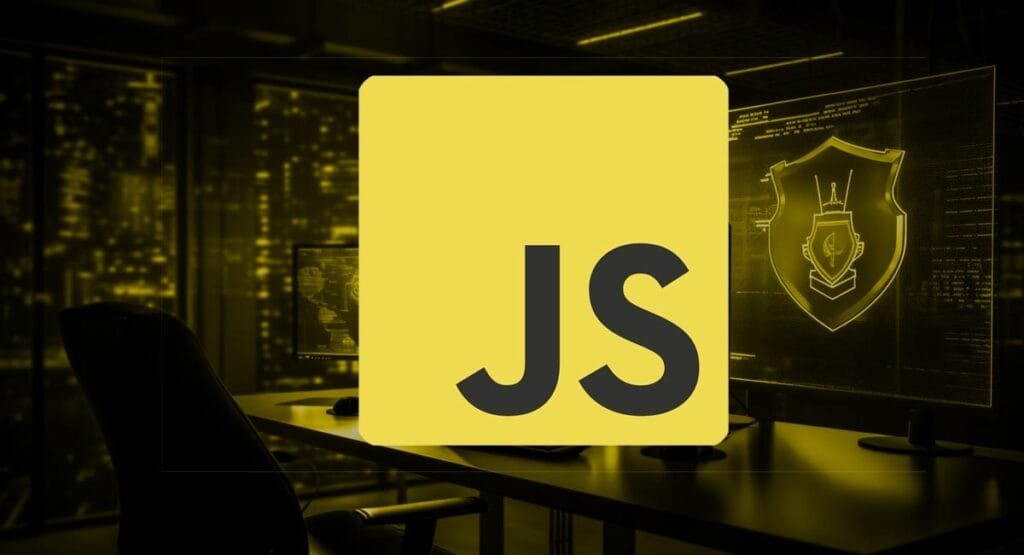JavaScript is a dynamic, versatile, and widely-used programming language that powers the interactivity of most websites. From simple alert pop-ups to complex single-page applications, JavaScript is at the heart of web development. If you’ve ever been intrigued by how websites offer interactive features, animations, or even games, then you’re about to dive into the world of JavaScript.
In this quick guide, we’ll embark on a journey from understanding the very basics of JavaScript to exploring its powerful features and capabilities. Whether you’re a complete novice in the realm of programming or someone with experience in other languages looking to add JavaScript to your toolkit, this article is tailored for you.
What will you learn from this article?
By the end of this guide, you’ll have a foundational understanding of JavaScript’s syntax, its core concepts, and how it integrates with web technologies. We’ll touch upon variables, functions, events, and even give you a glimpse into the world of advanced JavaScript with concepts like promises and async/await. So, buckle up and let’s get started!
Javascript for Beginners
Table of Contents
- What is JavaScript?
- Setting Up Your Environment
- Basic Syntax and Variables
- Functions and Events
- Frequently Asked Questions
- Final Thoughts
- Sources
What is JavaScript?
JavaScript, often abbreviated as JS, is a high-level, interpreted scripting language. It’s a part of the core trio of web technologies, alongside HTML (structure) and CSS (styling). Initially designed to make web pages interactive, its role has expanded over the years. Today, JavaScript not only runs in browsers but also on servers, mobile devices, and even robots!
Setting Up Your Environment
Before you can start writing and executing JavaScript code, you need to set up an appropriate environment. This will ensure that you have all the necessary tools and platforms to write, test, and debug your code efficiently. Let’s break down the steps and options available:
1. Browser’s Console
For those just starting with JavaScript, the browser’s built-in console is an excellent place to begin. It allows you to write, test, and debug JavaScript code directly within the browser. Here’s how to access it:
- Google Chrome: Right-click on any webpage, select ‘Inspect’, and then click on the ‘Console’ tab.
- Firefox: Right-click, choose ‘Inspect Element’, and then navigate to the ‘Console’ tab.
- Safari: First, enable the Develop menu from Preferences. Then, right-click on a webpage, select ‘Inspect Element’, and go to the ‘Console’ tab.
2. Integrated Development Environment (IDE)
As you progress and start working on more complex projects, you’ll need a dedicated environment. An IDE provides a suite of tools, including a text editor, debugger, and often, a terminal. Some popular IDEs for JavaScript development include:
- Visual Studio Code (VSCode): A free, open-source IDE developed by Microsoft. It’s lightweight, customizable with extensions, and supports multiple languages. The built-in terminal and Git integration make it a favorite among developers.To get started:
- Download and install VSCode.
- Open it and create a new file with a
.jsextension to start writing JavaScript. - Install extensions like ‘Live Server’ for live reloading of web pages or ‘Prettier’ for code formatting.
- Atom: Developed by GitHub, Atom is another free and open-source text editor. It’s highly customizable and has a vast library of community-contributed packages.To begin with Atom:
- Download and install Atom.
- Open it and create a new file with a
.jsextension. - Explore packages like ‘atom-live-server’ for live previews of your projects.
3. Node.js
If you’re looking to run JavaScript outside the browser, perhaps for backend development, you’ll need Node.js. It’s a runtime environment that allows you to execute JavaScript on the server-side.
- Download and install Node.js.
- Once installed, open your terminal or command prompt and type
node -vto ensure it’s correctly installed. You should see the version number. - You can now write JavaScript code in a file and run it using the command
node yourfilename.js.
4. Online Playgrounds
For those who prefer an online setup or want to quickly test and share code snippets, online IDEs and playgrounds are perfect. Platforms like:
allow you to write, test, and share your JavaScript, HTML, and CSS code. They’re especially useful for collaborative work or for seeking help from the community.
Your environment is a personal choice and often depends on the nature of your project. While the browser console is great for beginners and quick tests, an IDE like VSCode or Atom offers more features and tools for larger projects. If you’re venturing into backend development or tools like npm (Node Package Manager), Node.js becomes essential. And for collaborative efforts or quick sharing, online playgrounds are invaluable. Choose the environment that feels most comfortable and meets your current needs, and remember, as your skills grow, so can your toolkit.
Basic Syntax and Variables
JavaScript’s syntax is relatively straightforward. At its core, you’ll deal with variables, which are essentially containers for storing data. In JavaScript, you can declare a variable using the let keyword:
let greeting = "Hello, World!";
Functions and Events
Functions are blocks of reusable code. They can take inputs, process them, and return an output. Events, on the other hand, are actions or occurrences that can be detected by JavaScript, like a button being clicked.
function greet(name) {
return "Hello, " + name + "!";
}alert(greet(“Alice”));
});
Frequently Asked Questions
Final Thoughts
JavaScript is a powerful and ever-evolving language. Its versatility allows it to be used in various domains, from web development to server-side programming and even mobile app development. The most crucial takeaway from this article is the importance of continuous learning. As with any programming language, the more you practice and engage with the community, the more proficient you’ll become. Dive into projects, explore new libraries and frameworks, and never stop coding!
Sources
- MDN Web Docs: JavaScript Guide
- W3Schools: JavaScript Tutorial
- Eloquent JavaScript, 3rd Edition by Marijn Haverbeke
I write for and assist as the editor-in-chief for 601MEDIA Solutions. I’m a digital entrepreneur since 1992. Articles may include AI assisted research. Always Keep Learning! Notice: All content is published for educational and entertainment purposes only. NOT LIFE, HEALTH, SURVIVAL, FINANCIAL, BUSINESS, LEGAL OR ANY OTHER ADVICE. Learn more about Mark Mayo


